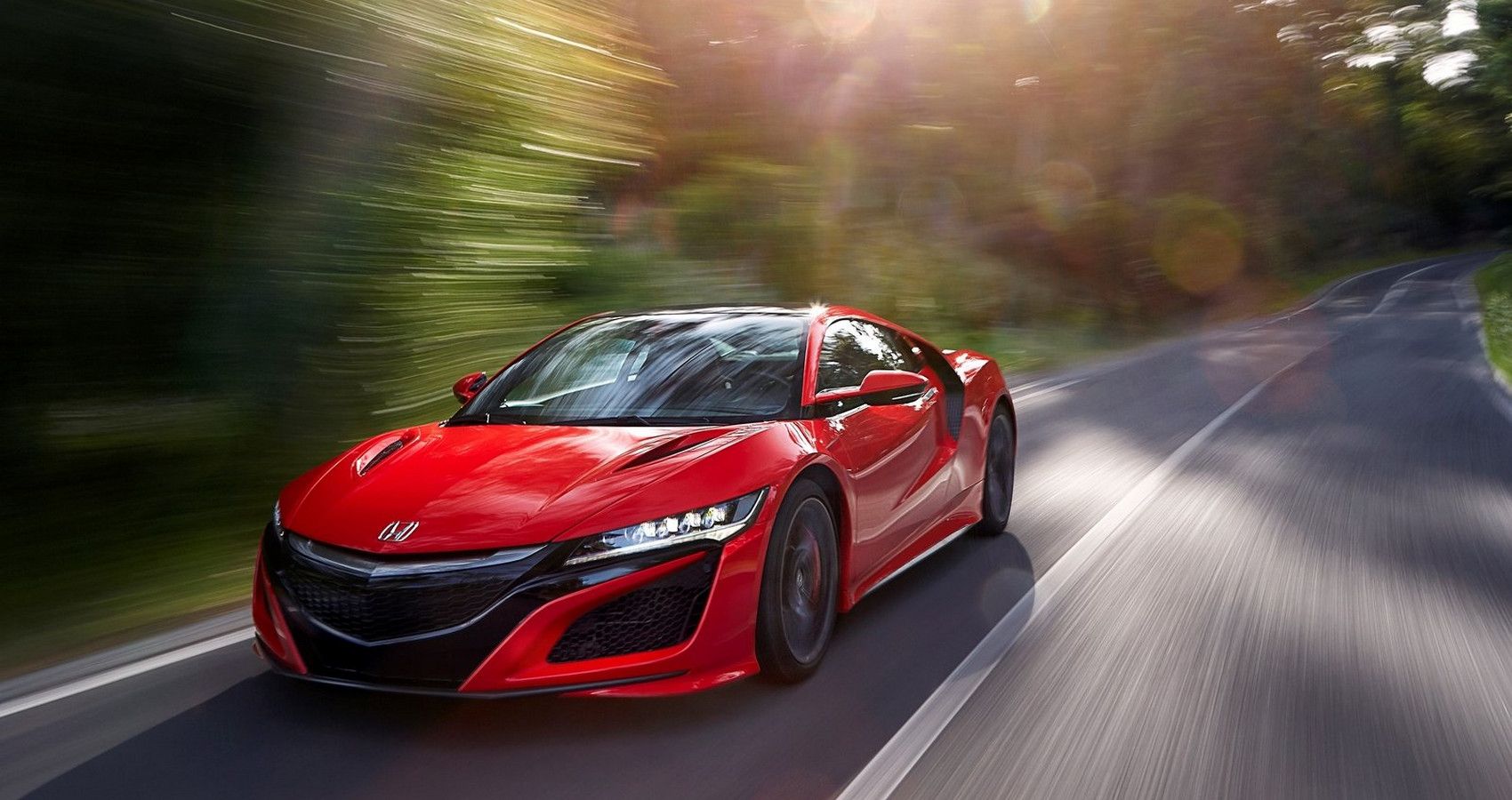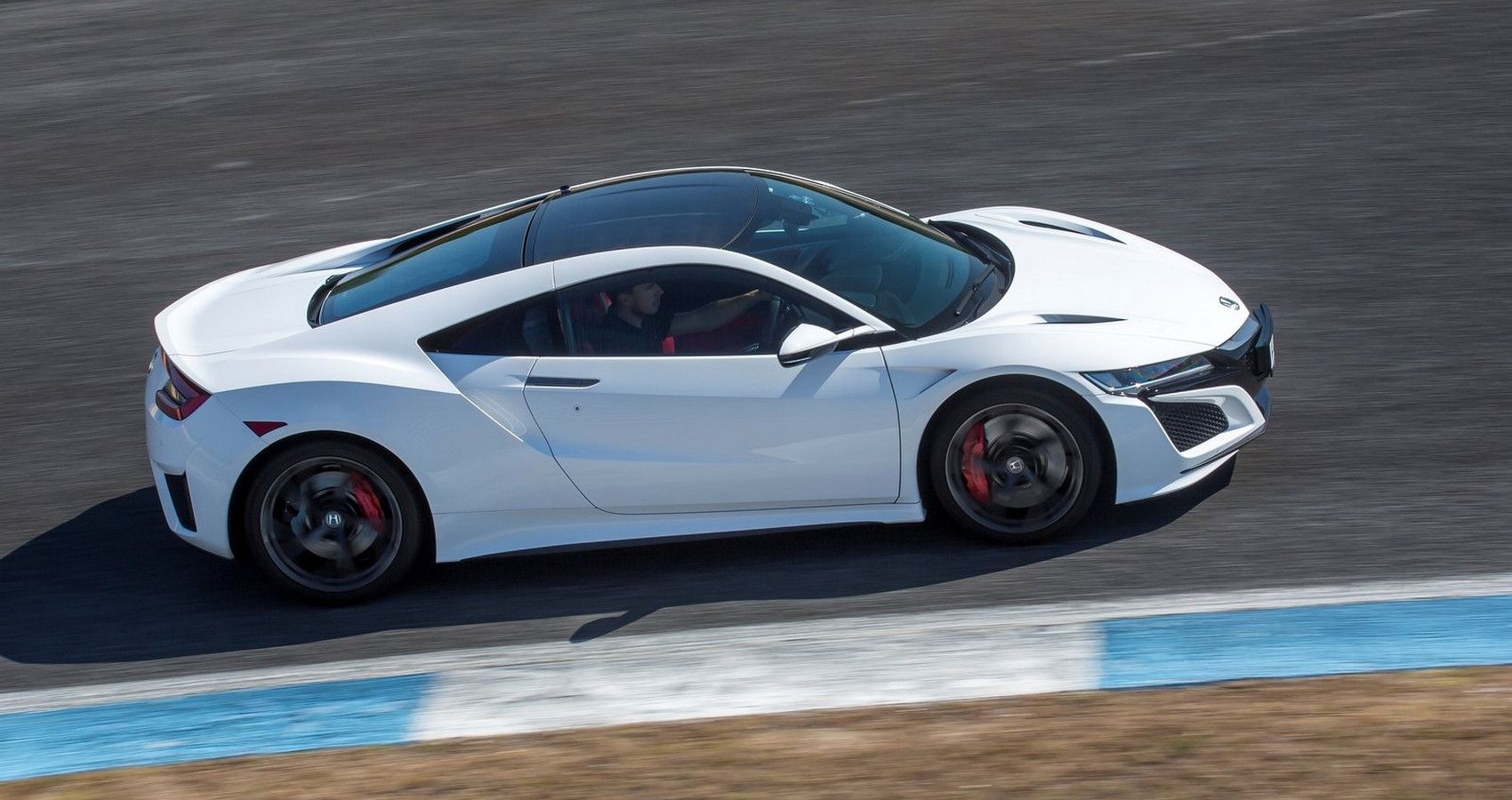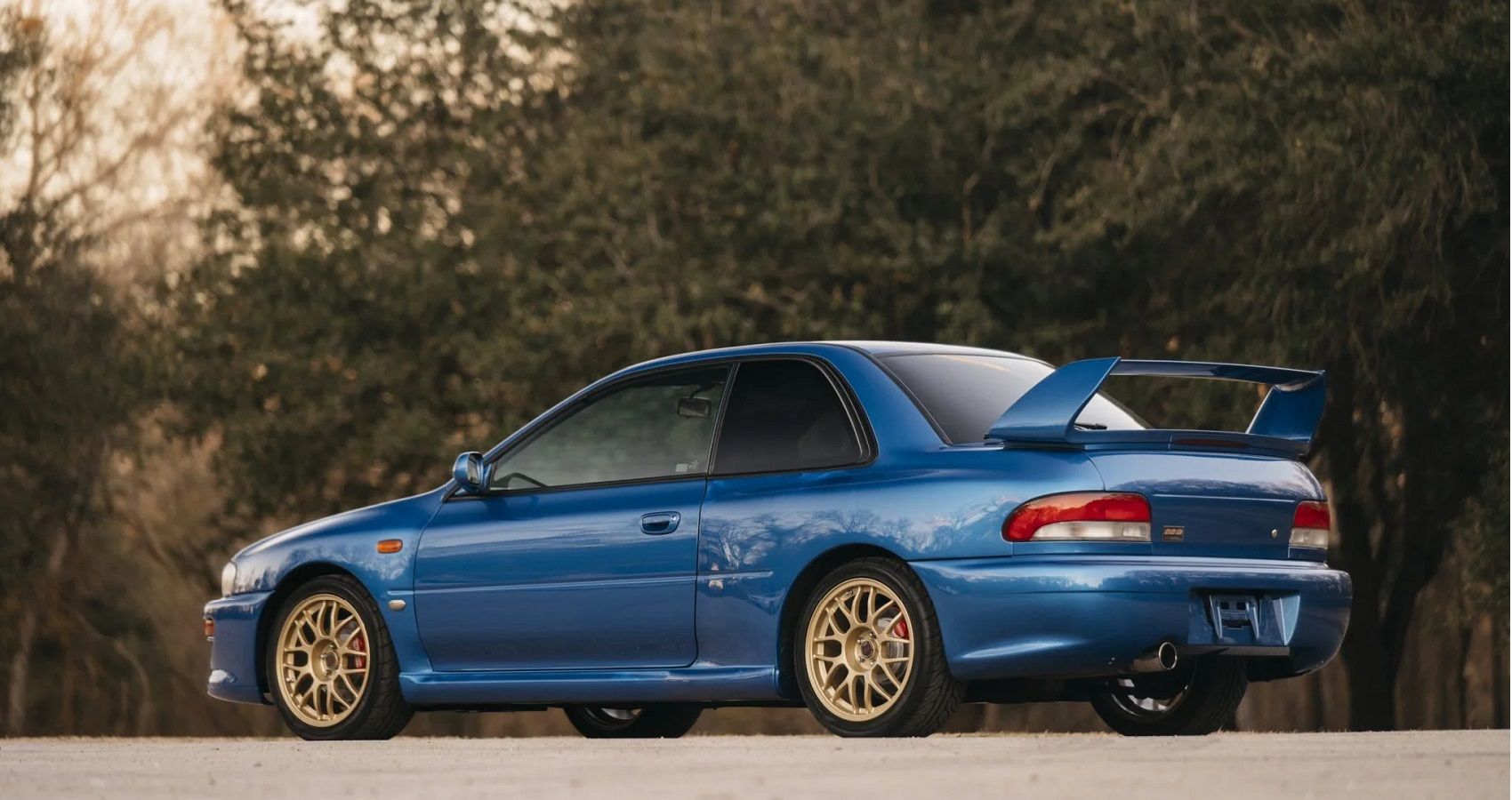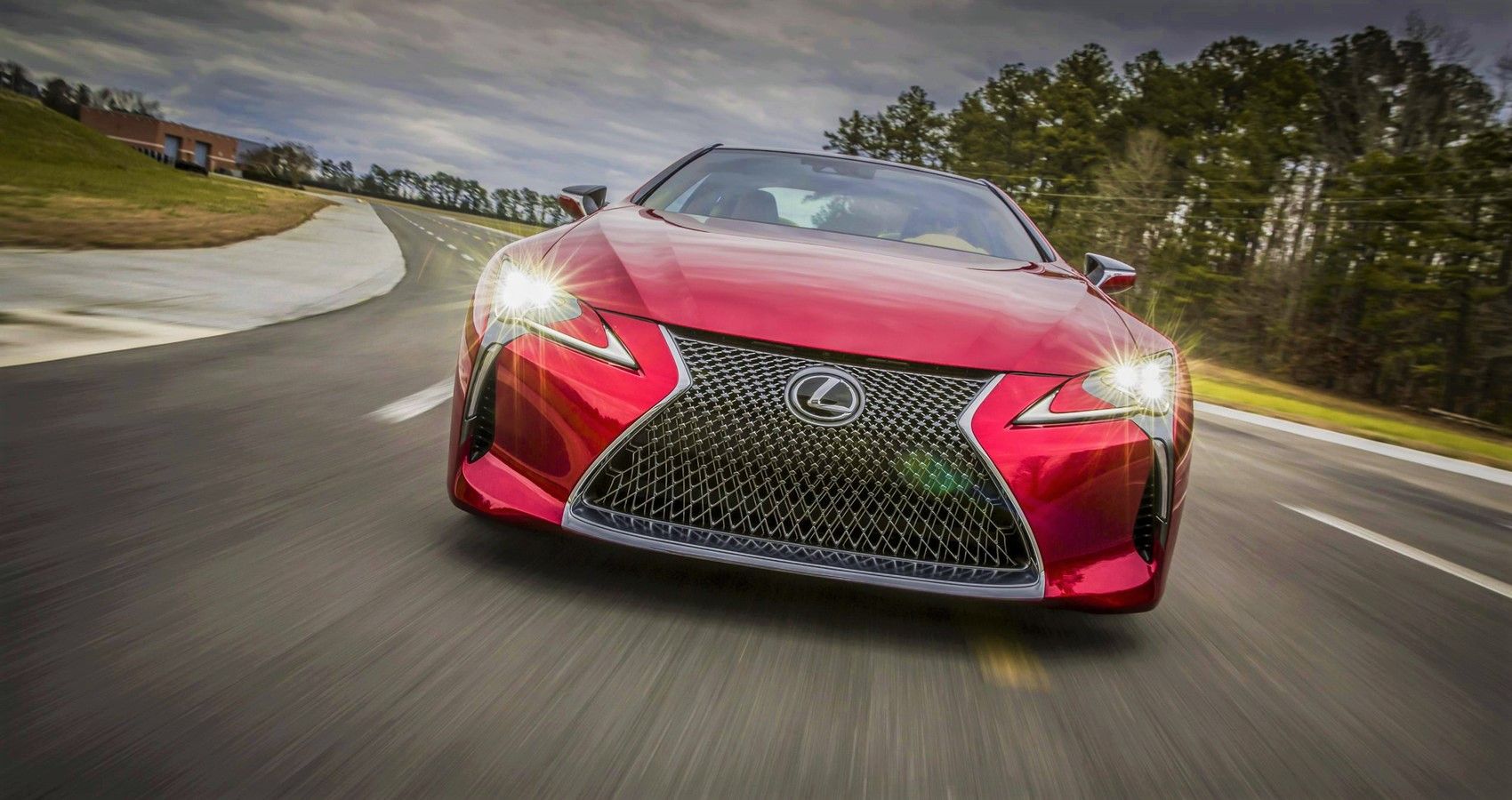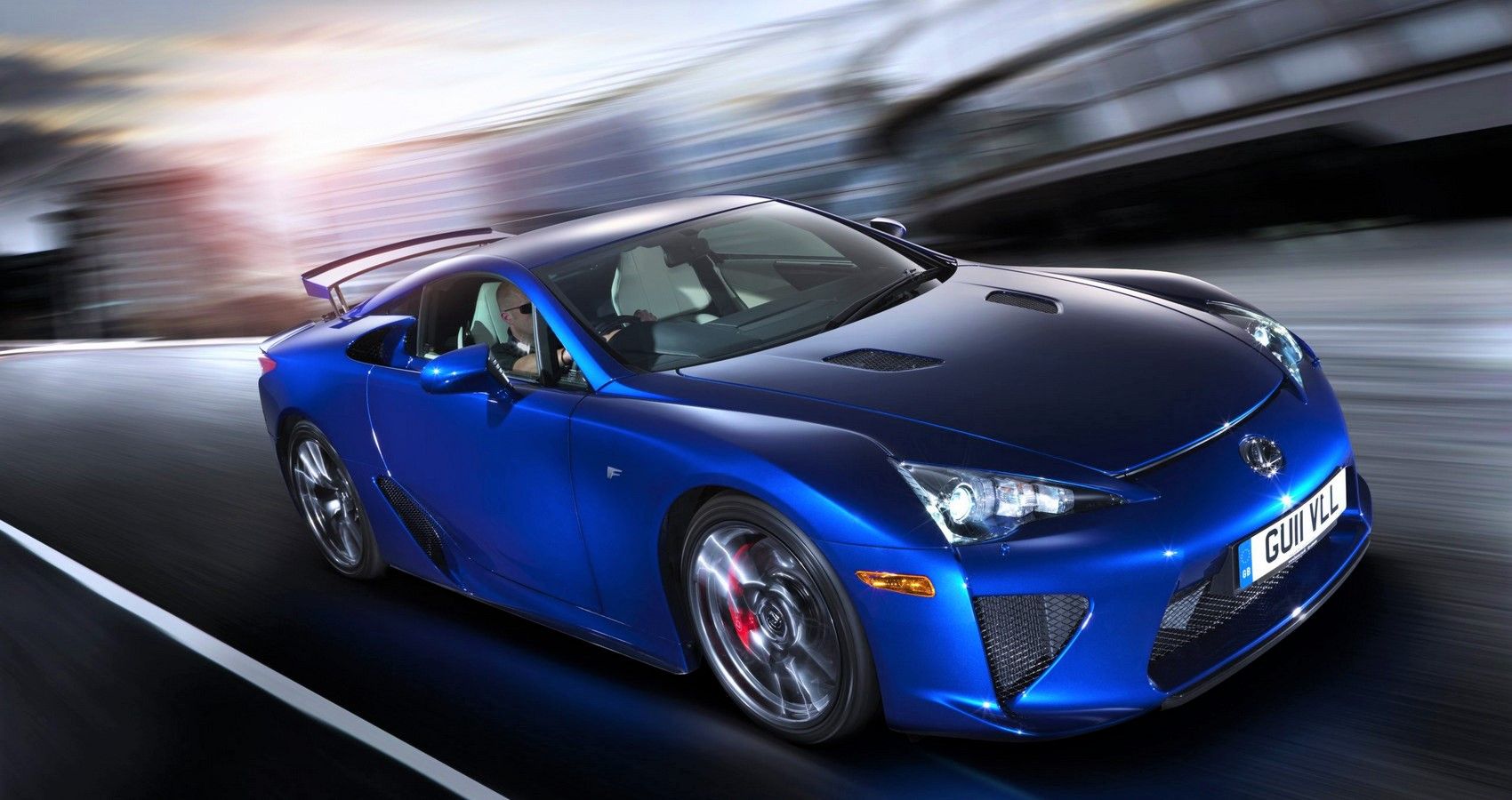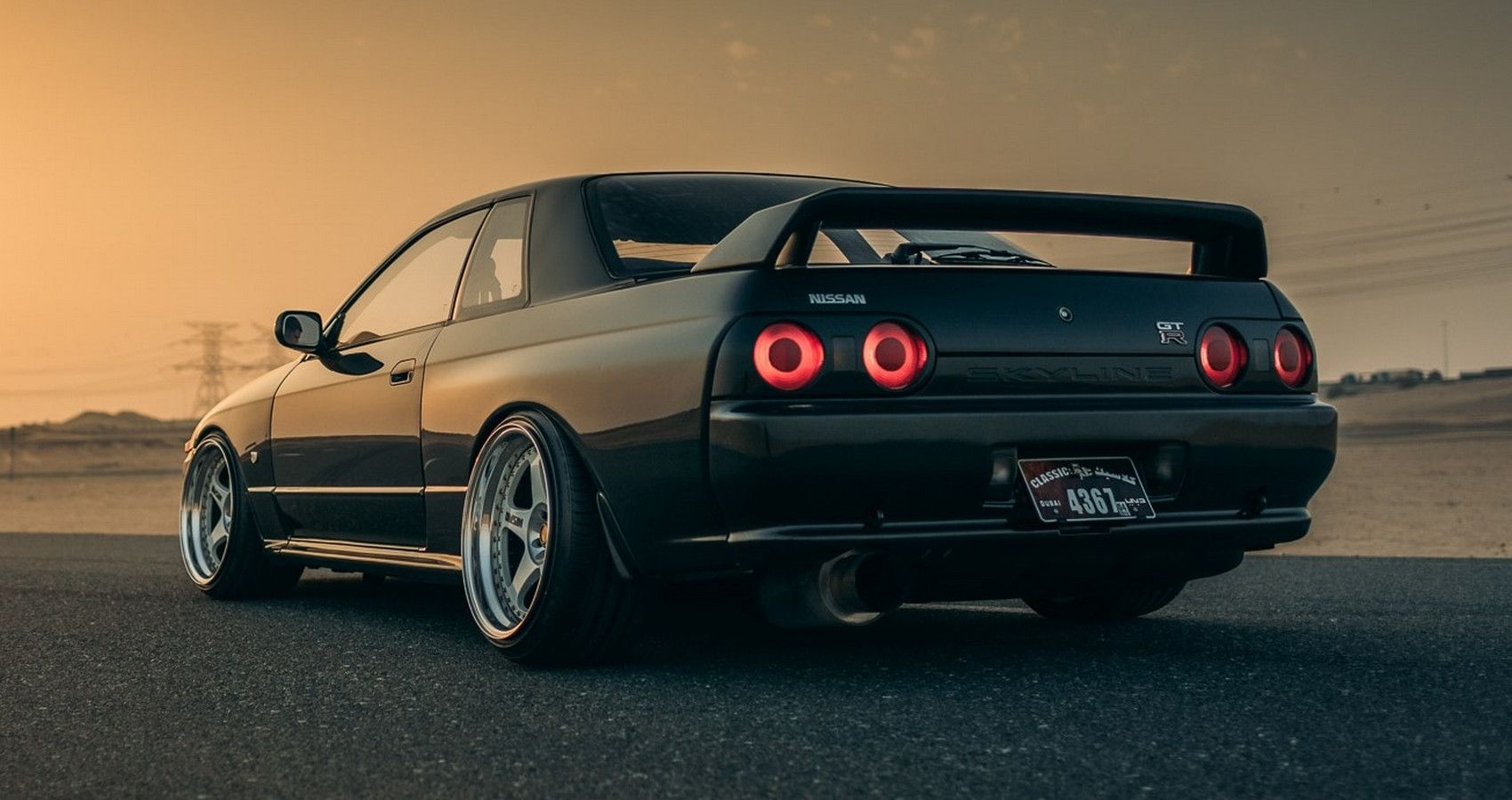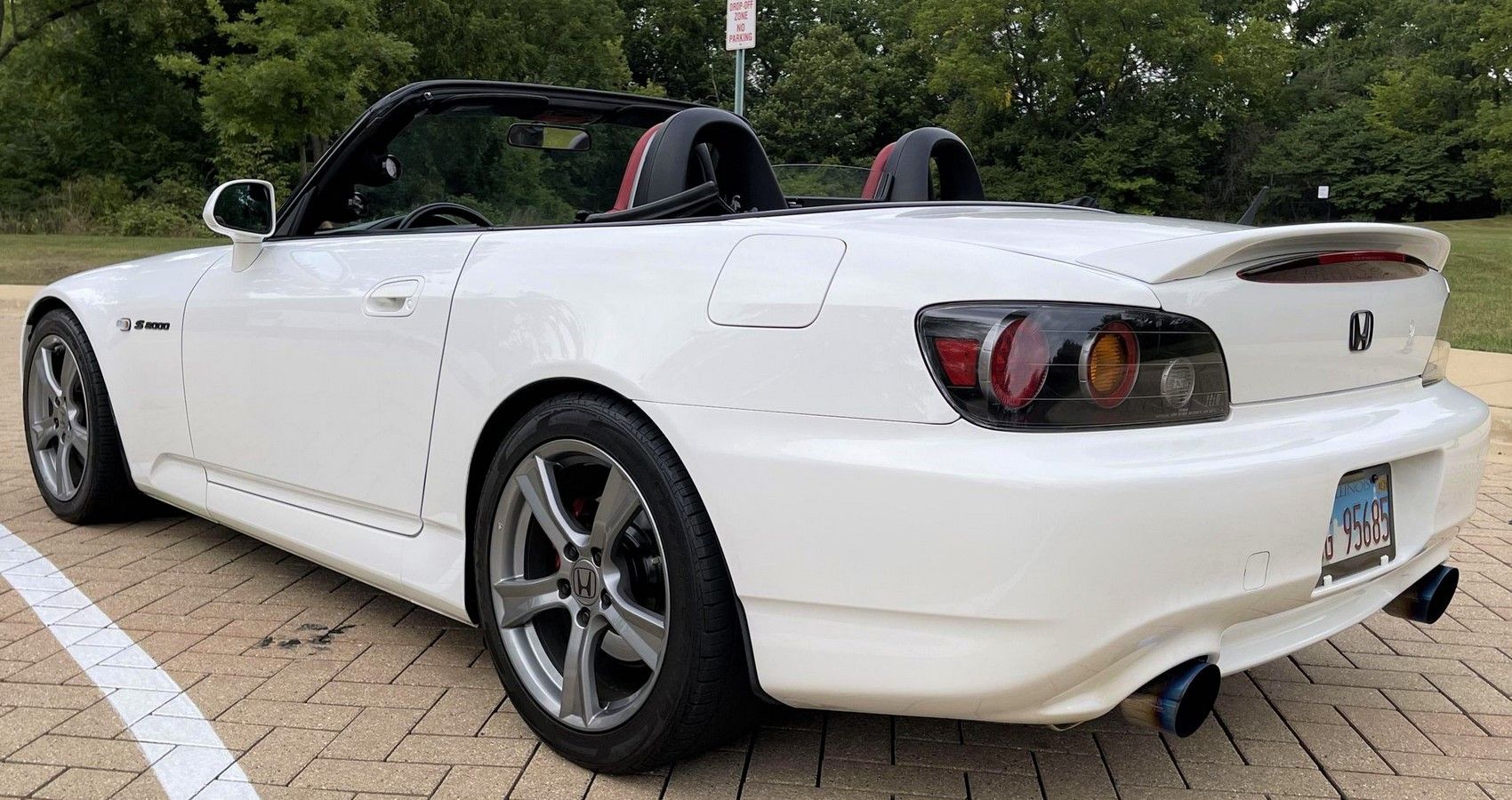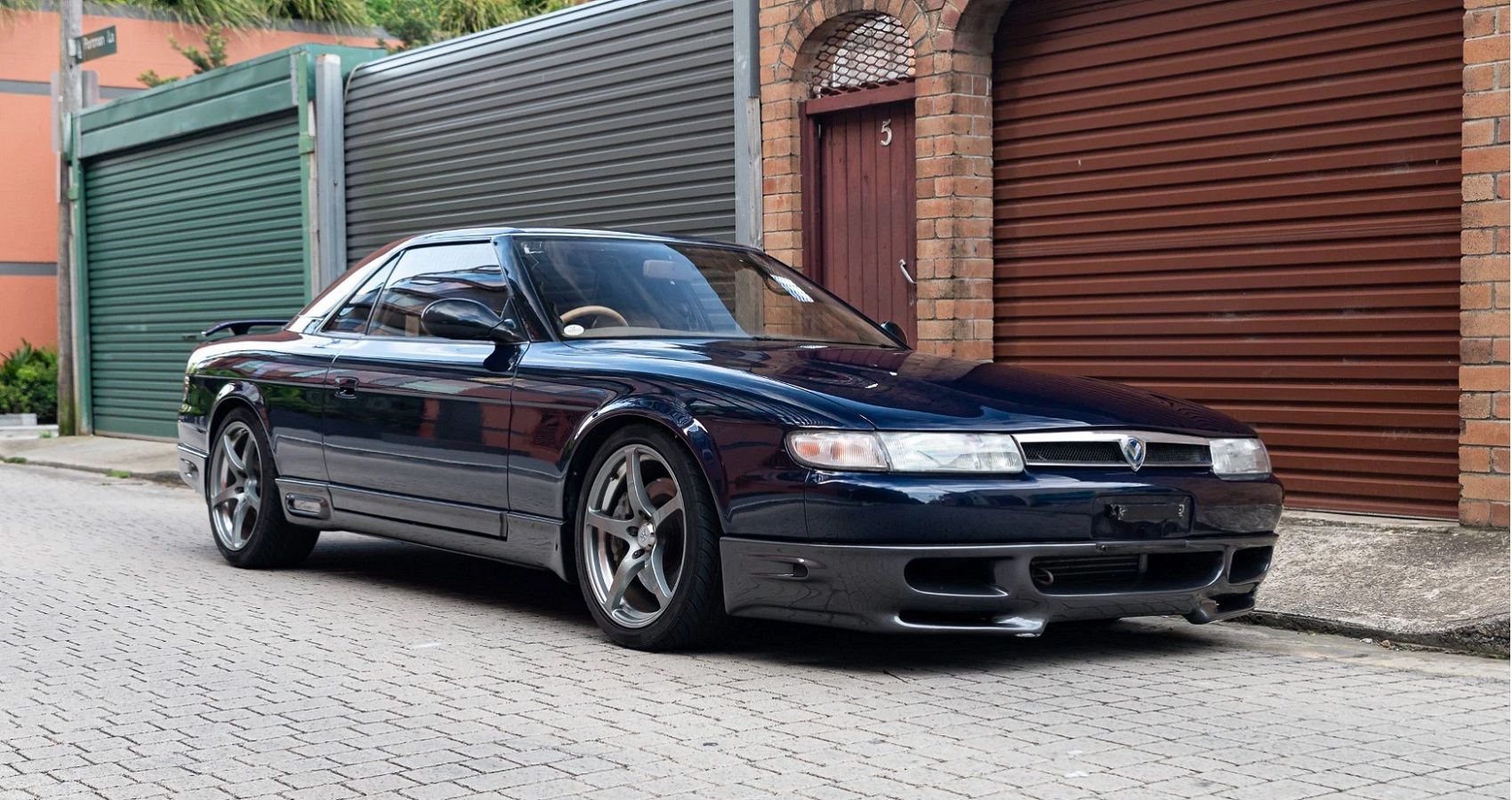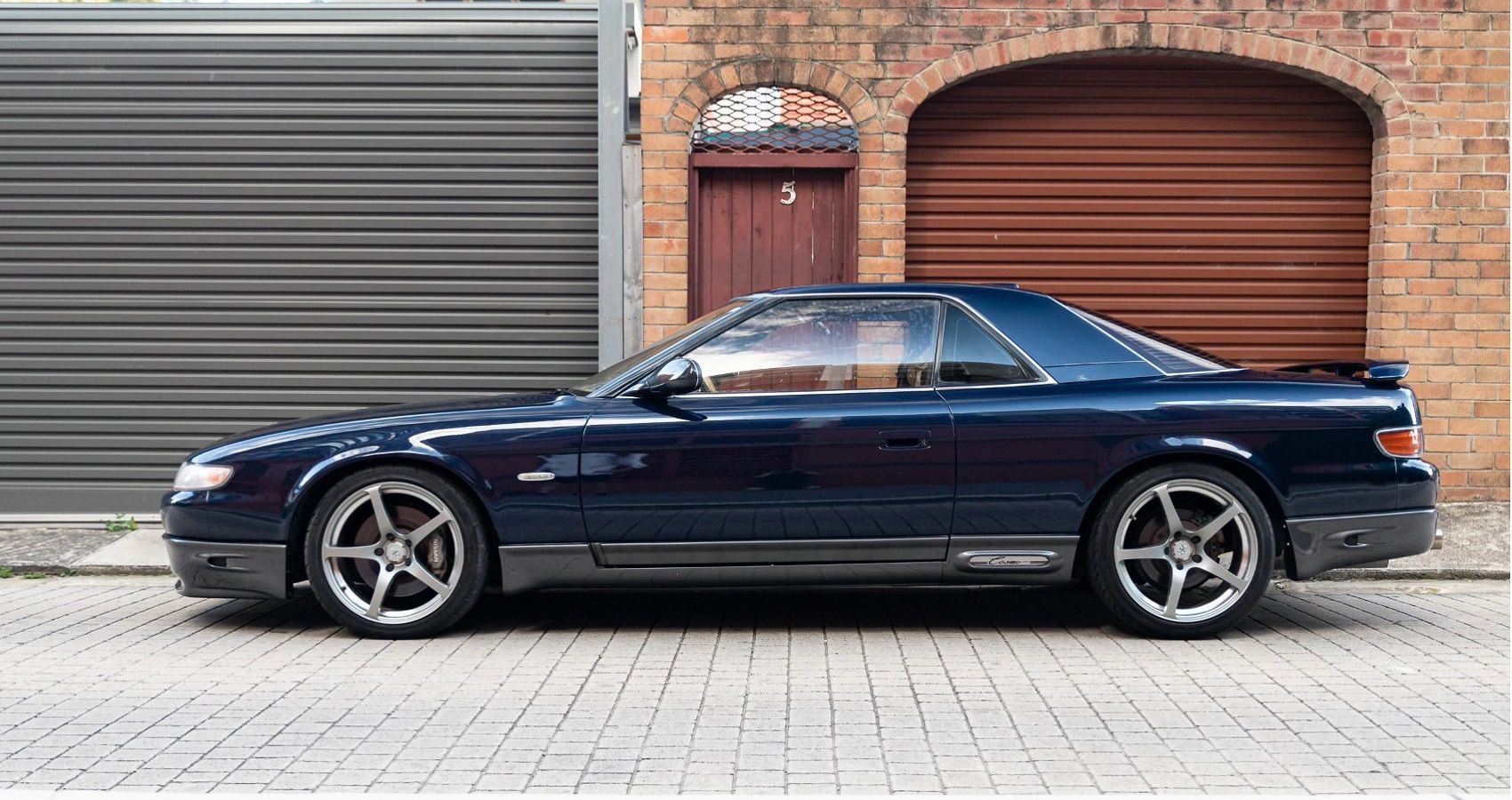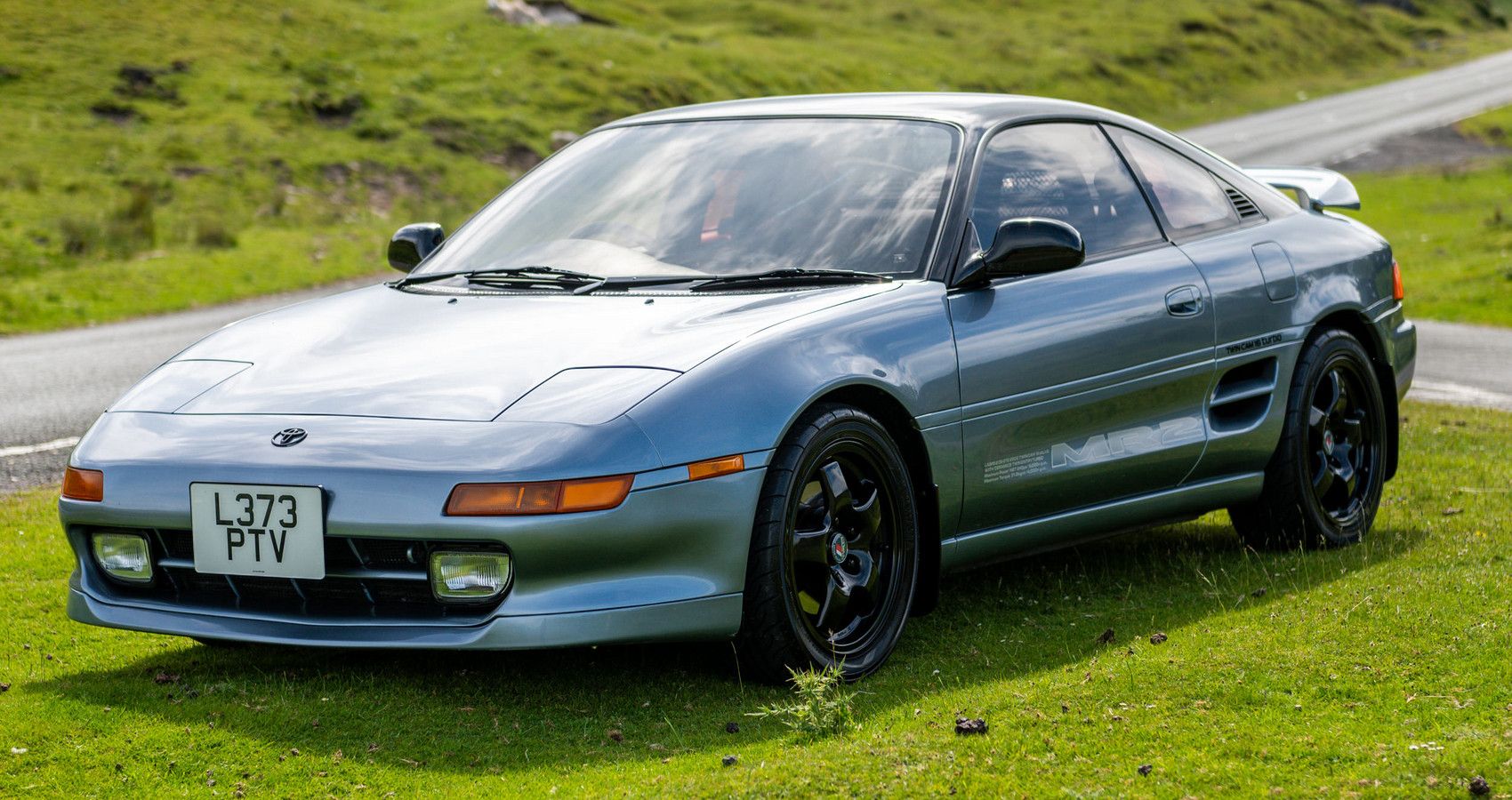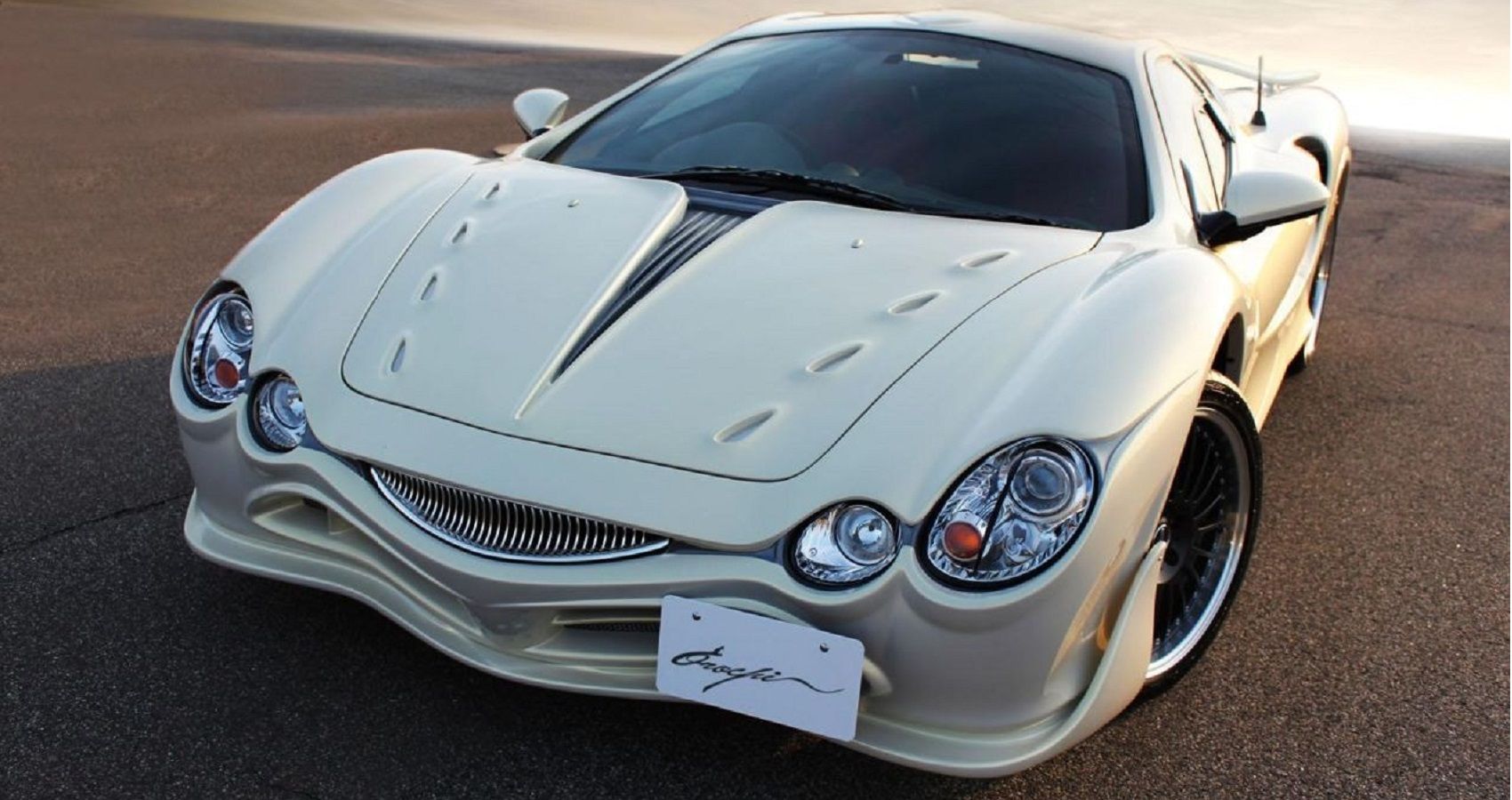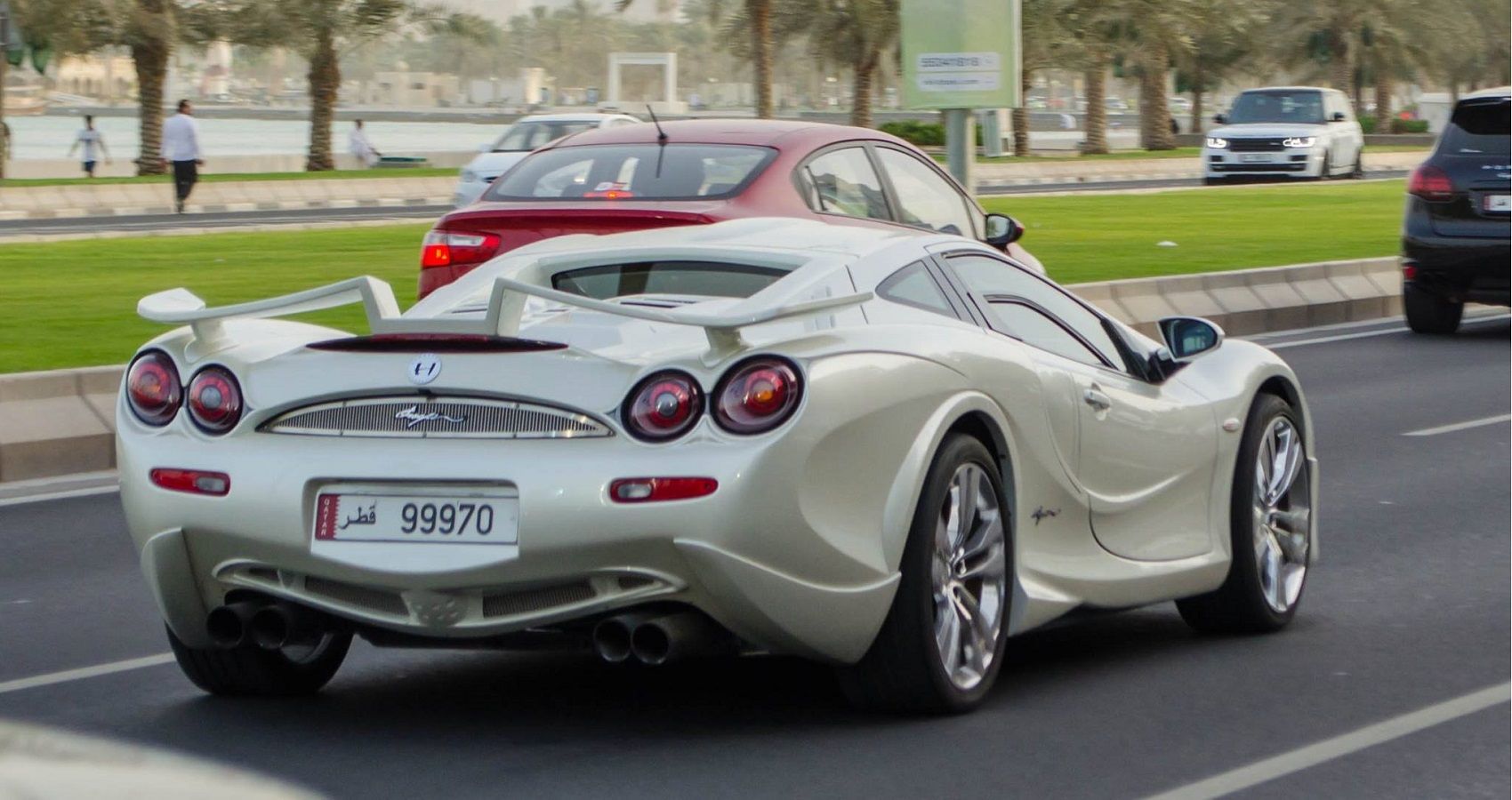Italian and German carmakers build the most exciting sports cars. But if it’s bulletproof reliability you’re seeking, you’re better off buying one of the Japanese cars.
The story of Japanese carmakers’ obsession over every minute detail goes back to Japan’s first proper supercar. In 1967 Toyota launched the 2000GT, facing off against European rivals not just with gorgeous looks, but backed by an unrivaled level of build quality. Fast-forward several decades, and little has changed.
Save for a few rare examples of ground up supercars, you’re more likely to come across high-performance every day cars. Nowhere is this more apparent than in Honda’s split personality Civic Type-R. It’s a tuner special dressed up in every wing, grille, and vent you can think of. However, the VTEC motor under the hood is one of the most reliable engines you can buy. Rarely does a four-cylinder and turbocharger combination deliver so much, and yet, it’s not really a sports car.
The blurring of the lines between sports cars, hot hatches, and coupes thins out the choices among modern Japanese cars. Only Nissan’s upcoming Z, GT-R R35, and the current BMW-based Supra really fit the bill.
10 Honda/Acura NSX
As comebacks go, the Acura NSX tanked with poor global sales. From a purely technical standpoint, Acura nailed the engineering aspect, thanks to a startling combination of speed and reliability. The Acura’s press release read more like a science fiction script detailing all manner of clever technology.
The problem for Acura is not the 3.5-liter hybrid powertrain’s power delivery, or reliability, but one of character. Over-engineered and overpriced, the NSX however can be driven every day.
9 Subaru Impreza 22B STi
The Impreza name has been a fan favorite for decades, thanks to a high profile, and successful rally campaign. Naturally, anything built to withstand the world’s worst road surfaces at break-neck speeds needs to be tough. Under an otherwise fairly ordinary looking two-door coupe body, the Impreza packs a rugged all-wheel-drive system.
The Impreza’s signature piece however is its engine. Unlike its rivals, the Subaru used a flat or boxer style 2.2-liter turbo unit, with the Impreza 22B STi cranking out 345 hp. It might not be the most exciting sports car visually, but this rally-bred monster will still be going for years to come.
8 Toyota Soarer GT Limited
The Soarer is one of Toyota’s best kept secrets. Largely overshadowed by the re-emergence of the Supra line, this two-door coupe would barely merit a second glance. Underneath the boxy straight edge body lies the same platform fitted with some surprising tech. In 1986, Toyota updated the MZ20 Soarer with a semi-active electronically controlled air suspension, a first in the automotive world.
Fortunately, Toyota stopped just short of creating a rival to the Supra itself. The Soarer GT Limited shipped with a twin turbocharged 7M-GTE engine cranking out 240 hp. While the Soarer isn’t as well known among gearheads as its bigger brother or other JDM machinery, It’s still worth investigating.
7 Lexus LFA
Lexus burst on to the scene in 1989 producing high quality cars to rival anything the Germans could muster. However, in 2010 Lexus turned the automotive world on its head with their first, and so far only supercar. The LFA’s long development phase is rumored to have included a complete redesign.
Joining the ranks of the few V10-engined production cars, the LFA is as close to perfection as we’re ever likely to see. Sure, the 553 hp 4.8-liter V10 engine is a huge selling point, but there’s more to the LFA than just big performance. Traditionally, a supercar would have its share of glitches, not the LFA, where everything works, every time.
6 Nissan Skyline R32 GT-R
Nissan’s R32 GT-R is the Skyline every gearhead aspires to own. On-track success during the ’80s helped it build a cult status that earned it the unofficial “Godzilla” nickname. If you were unfortunate enough to line-up alongside the Skyline, you would lose.
From the outset Nissan designed the R32 to be a formidable Group A racer requiring 100{09e594db938380acbda72fd0ffbcd1ef1c99380160786adb3aba3c50c4545157} reliability. The chassis itself was lightened and stiffened, and crammed full of performance boosting technology. However, as famous as the R32 tag is, the Skylines’ reputation is overshadowed by its RB26DETT engine. In performance circles, nothing else commands such respect.
5 Honda S2000
Both the Supra and the NSX made a comeback. Is it time for a new S2000? When Honda launched the S2000 every sports car had gone down the turbocharged engine path. Honda bucked the trend, opting for a high-revving VTEC motor that begged to be revved hard.
At the time, only exotics revved much beyond 7,000 RPM. Even then, engine durability was a concern. The S2000’s naturally aspirated 2.0-liter in-line four was barely getting in to its stride at similar engine speeds. Delivering a peak 237 hp just shy of 8,000 RPM, the F20C red-lined an ear spitting 9,000 RPM.
4 Toyota 800 Sports
Built down to a target weight of 1,300 lbs, the Toyota 800 Sports was primarily aimed at domestic buyers. Weight saving is largely due to the use of aluminum panels where possible, with thin gauge steel making up the chassis and load bearing structure. Despite its scaled own appearance, the 800 Sports is surprisingly agile, topping out at 95 mph.
Simplicity is often the easiest way to achieve reliability. The 800 Sports doesn’t disappoint here with an air-cooled 2-cylinder 790 cc boxer engine sending 44 hp to the rear axle.
3 Mazda Eunos Cosmo
Mazda’s dogged commitment to rotary engines continued throughout the RX-7’s production life. But few will remember the Mazda’s other Wankel engine sports car. The Eunos Cosmo doesn’t grab the same level of attention as the RX7, but it should.
Under the hood of this JDM sleeper, you’ll find Mazda’s larger 2.0-liter 20B-REW series motor. The 20B differed in having a third rotor, which when combined with a pair of sequential turbochargers cranked upwards of 276 hp.
2 Toyota MR2 Turbo
Sequels rarely achieve the same level of success. Launched in 1989, second generation MR2 built on the success of Toyota’s small, affordable, two-seater sports car, and added more of everything. A larger footprint allowed for a more comfortable ride for both driver and passenger.
The biggest change is tucked away just inches behind the cockpit. Swapping the earlier W10s supercharged engine for the 3S-GTE turbo unit added both performance and durability. In Japan gearheads enjoyed the Rev 3 spec motor cranking out 242 hp giving the MR2 enough grunt to take on the NSX, Supra RZ, and Ferrari’s 348.
1 Mitsuoka Orochi
The Orochis appearance here is sure to raise a few eyebrows. Most famously recognized for the curious mix of “Manga meets the car industry” looks, and not in a good way. If you can tear your eyes away from the Orochi’s polarizing looks, you’ll be surprised to find a decent sports car lurking underneath.
Entering production in 2007 with a limit of 400 units spanning several special editions including Zero, Gold, and Final Editions, the Orochi shipped with a 3.3-liter V6 cranking out 230 hp. However, we’re more concerned with reliability, and it’s here the Orochi surprises the most with a Honda NSX frame and Toyota engine.
